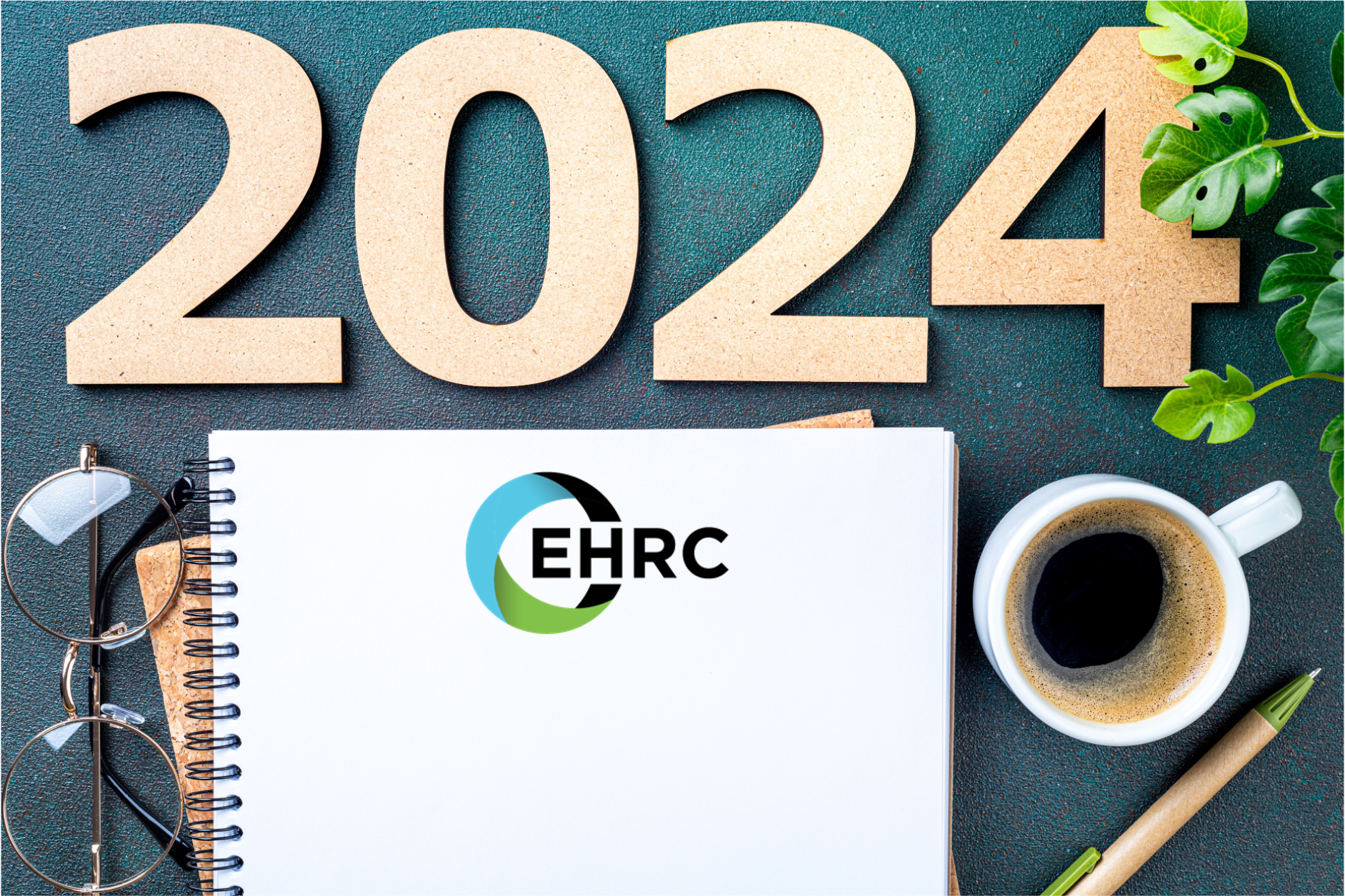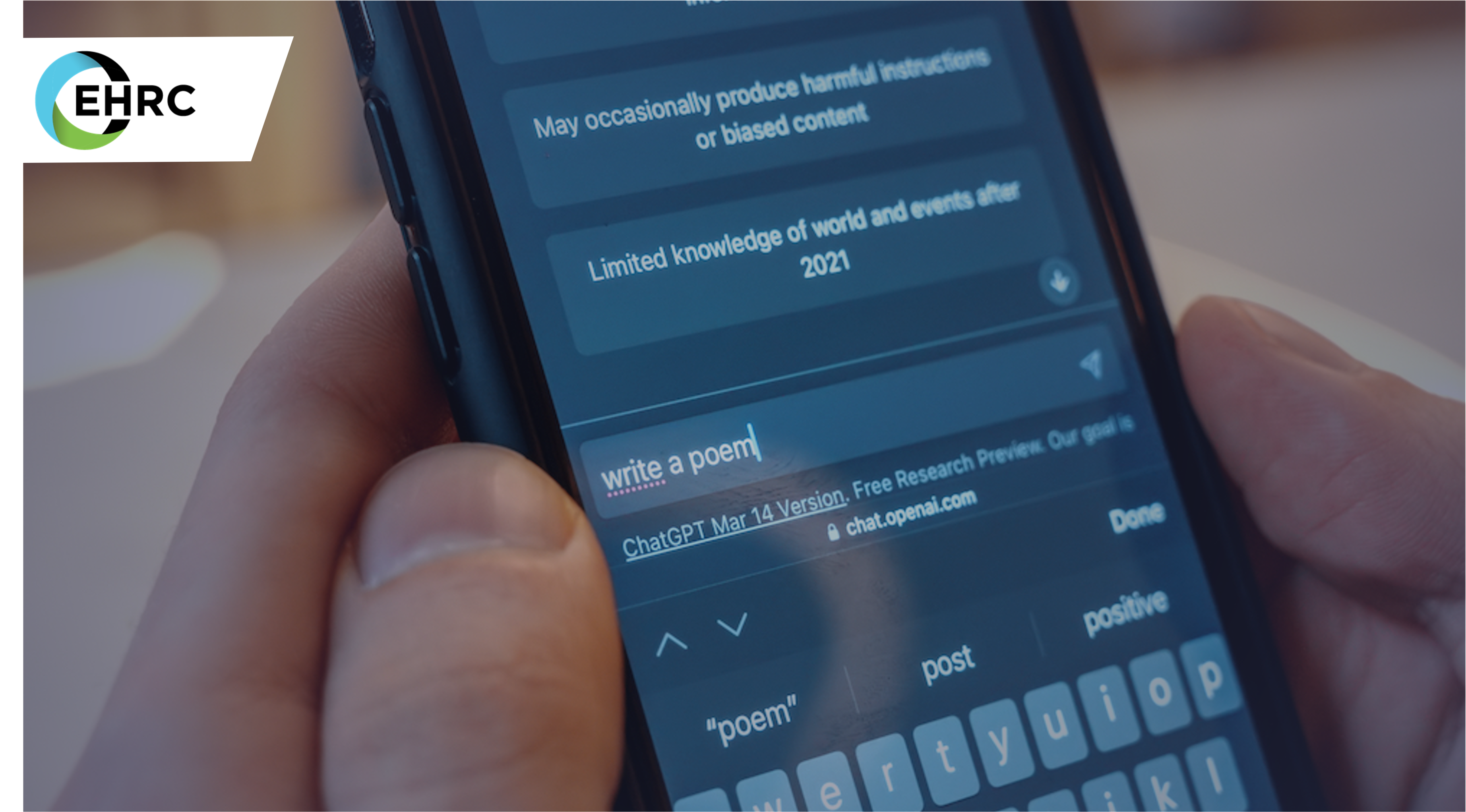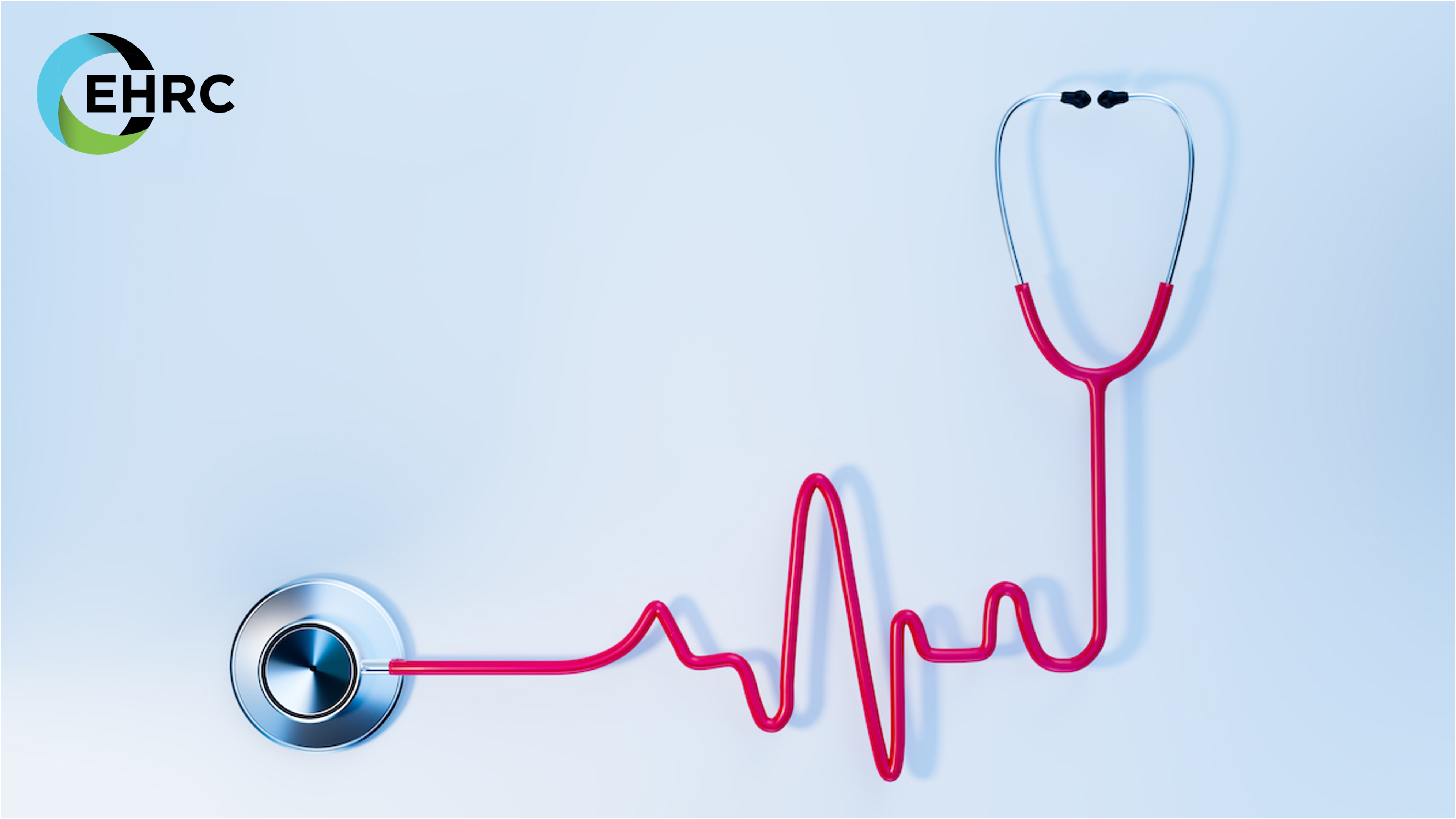
With a New Year Comes New Tech & a New Outlook
What does Healthcare IT look like in 2024, Technology Meeting Humanity
As the confetti settles and the resolutions settle in, a familiar buzz takes hold – the annual energy of new beginnings. In the exhilarating realm of healthcare IT, this buzz translates into something even more potent: a chance to reimagine, reinvent, and reshape the future of patient care.
Here at EHR Concepts, we’re embracing this New Year not just with open arms but with open minds and a thirst for innovation. We see 2024 as a year brimming with possibilities, powered by emerging technologies, and driven by a renewed focus on what truly matters: putting patients first.
What Tech is on the Horizon?
- AI Ascendant: Artificial intelligence is no longer a sci-fi trope; it’s a reality with the potential to revolutionize healthcare. Imagine AI-powered assistants streamlining administrative tasks, analyzing medical data to predict and prevent illness, or even personalizing treatment plans for optimal outcomes.
- Interoperability Unleashed: Data silos are crumbling, paving the way for seamless information exchange between EHRs, wearables, and other healthcare platforms. This interconnectedness promises a holistic view of the patient, empowering clinicians to deliver truly informed care.
- Telehealth Takes Flight: The genie is out of the bottle – telehealth is here to stay. In 2024, we expect advancements in virtual reality and telehealth infrastructure to further bridge the gap between patients and providers, especially in remote and underserved areas.
But Wait, Healthcare has to be more than just tech!
While technology is a powerful tool, it’s the Human Touch that truly makes the difference. In 2024, EHR Concepts is committed to:
- Putting Patients in the Driver’s Seat: Empowering patients with access to their health data and tools to actively participate in their care decisions.
- Prioritizing Clinician Well-Being: Recognizing the burnout crisis and implementing solutions that streamline workflows, reduce administrative burdens, and foster a culture of support.
- Championing Diversity: Building healthcare IT solutions that cater to the needs of all populations, ensuring equitable access to quality care.
At EHR Concepts, we’re not just supporting software; we’re building a future where Technology and Humanity meet to create a healthier world. Join us as we embark on this exciting journey in 2024. Let’s harness the power of new technology, stay true to our core values, and together, shape a new era of healthcare, one pixel at a time.
Let’s make 2024 a year of transformation in healthcare – together!
Happy New Year from EHR Concepts!
P.S. We’re always on the lookout for talented individuals who share our passion for healthcare IT. Please email us at staffing@ehrconcepts.com for current openings and join our journey!
📞 888.674.0999
📩 info@ehrconcepts.com










